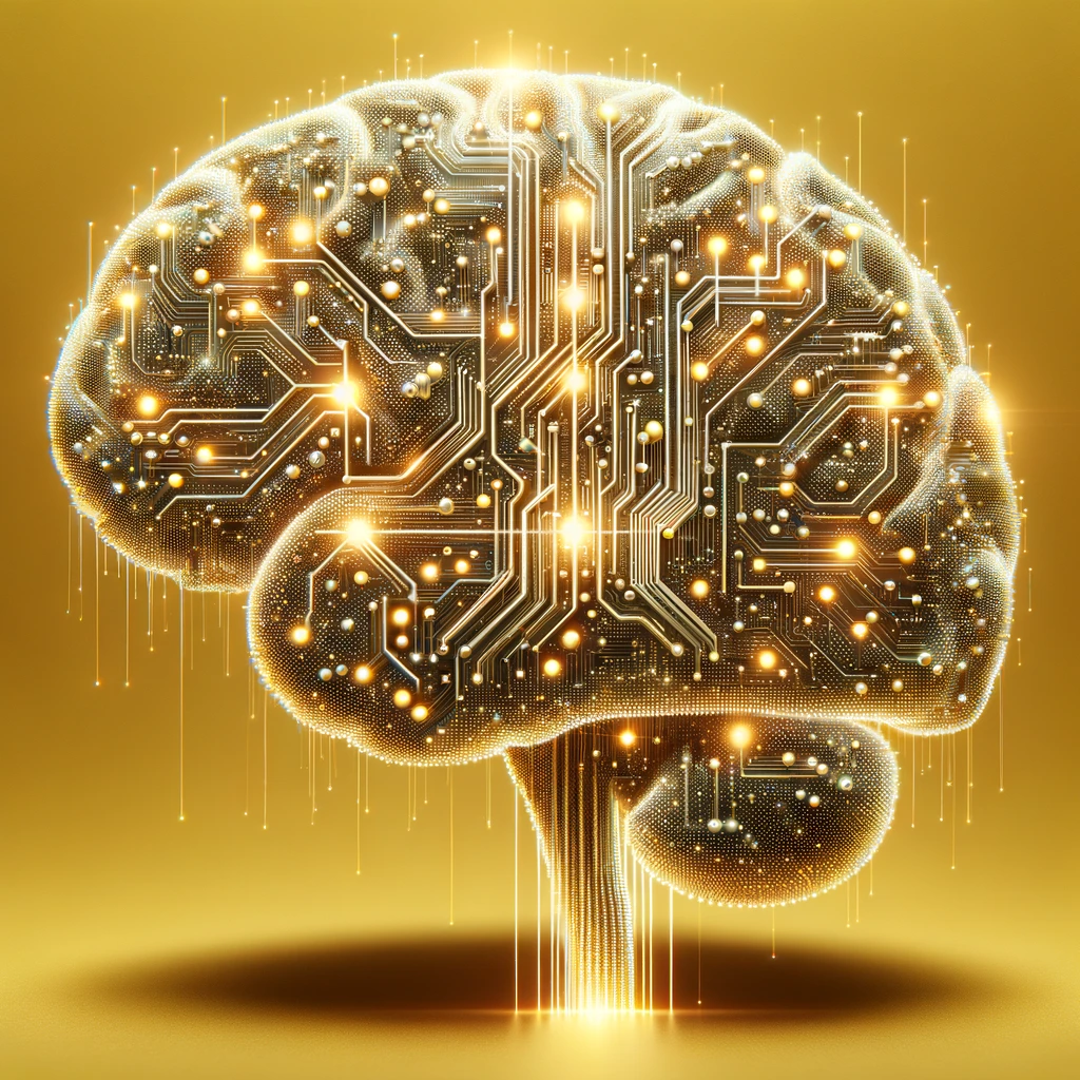Unraveling the Mystery
Artificial Intelligence (AI) has made significant strides in recent years, demonstrating remarkable capabilities across a wide range of applications. From image recognition to natural language processing, AI systems have shown the potential to outperform humans in many tasks. However, despite these advancements, AI is not infallible and occasionally makes mistakes. Understanding why AI sometimes gets it wrong is crucial for improving its reliability and performance. Here are some key reasons behind AI’s occasional missteps:
1. Limited Training Data: AI algorithms learn from vast amounts of data, but the quality and diversity of the training data can significantly impact their performance. If the training data is limited or biased, AI models may fail to generalize to unseen examples accurately. For example, a facial recognition system trained primarily on data from one demographic group may struggle to accurately identify individuals from other groups.
2. Algorithmic Bias: Bias can creep into AI algorithms in various ways, leading to unfair or discriminatory outcomes. Bias may stem from the training data, the design of the algorithm, or the objectives of the AI system. For example, if historical data used to train a hiring algorithm reflects existing biases in hiring practices, the algorithm may perpetuate those biases by favoring certain demographic groups over others.
3. Lack of Contextual Understanding: AI systems lack the contextual understanding and common sense reasoning abilities that humans possess. As a result, they may misinterpret ambiguous or nuanced information and make incorrect predictions. For example, a language model trained on news articles may struggle to understand sarcasm or humor in social media posts, leading to inaccurate interpretations.
4. Adversarial Attacks: Adversarial attacks involve deliberately manipulating input data to deceive AI systems and cause them to make incorrect predictions. These attacks exploit vulnerabilities in AI algorithms, such as sensitivity to small changes in input data. For example, slight modifications to an image can cause a state-of-the-art image classifier to misclassify it entirely.
5. Overfitting and Underfitting: Overfitting occurs when an AI model learns to memorize the training data instead of generalizing from it, leading to poor performance on unseen data. Underfitting, on the other hand, occurs when an AI model is too simplistic and fails to capture the underlying patterns in the data. Balancing between overfitting and underfitting is essential for building robust and reliable AI models.
6. Data Quality Issues: The quality of the data used to train AI models can significantly impact their performance. Data may be noisy, incomplete, or contain errors, leading to inaccuracies in the resulting AI models. Additionally, AI systems may struggle to handle outliers or rare events that were not adequately represented in the training data.
7. Concept Drift: Concept drift refers to the phenomenon where the underlying relationships between variables change over time, rendering AI models obsolete or less effective. As new data becomes available, AI models may need to be continuously updated and retrained to adapt to evolving patterns and trends.
8. Uncertainty and Probability: AI systems often make probabilistic predictions rather than deterministic ones, meaning they provide a confidence score or probability estimate for each prediction. In some cases, AI systems may incorrectly assign high confidence scores to incorrect predictions, leading to unexpected errors.
While AI has made tremendous progress in recent years, it is important to recognize that it is still a nascent technology with limitations and challenges. By understanding the factors that contribute to AI errors, researchers and practitioners can work towards developing more robust, reliable, and trustworthy AI systems. Addressing issues such as bias, data quality, and contextual understanding will be crucial for unlocking the full potential of AI and ensuring its responsible deployment across various domains.
Want to learn more? Schedule a free consultation!











